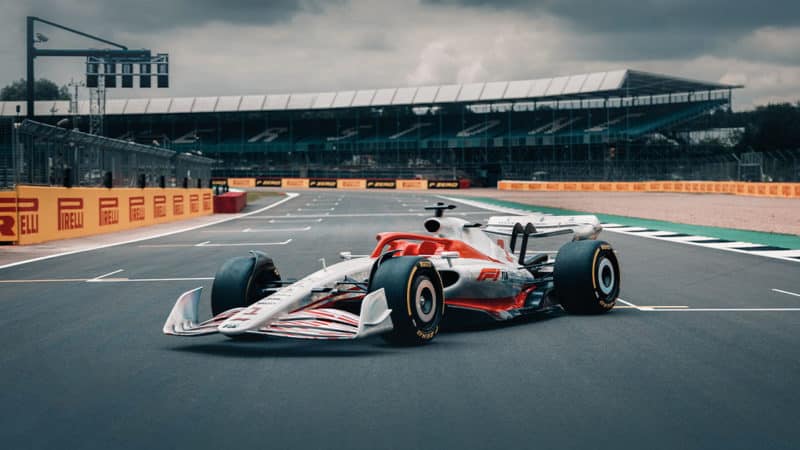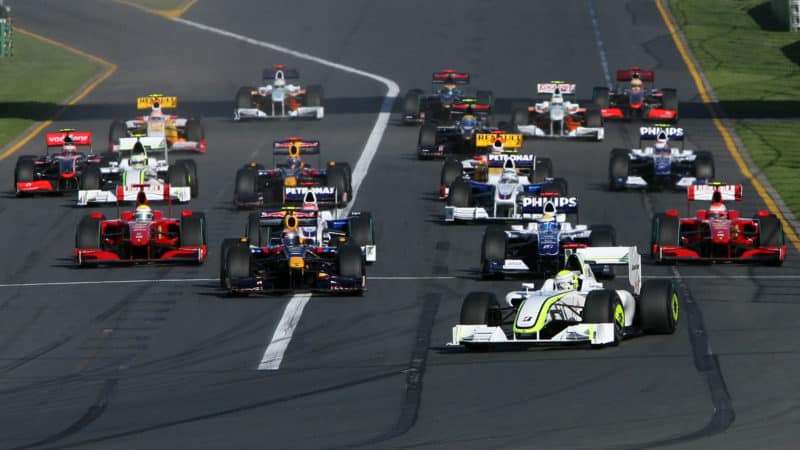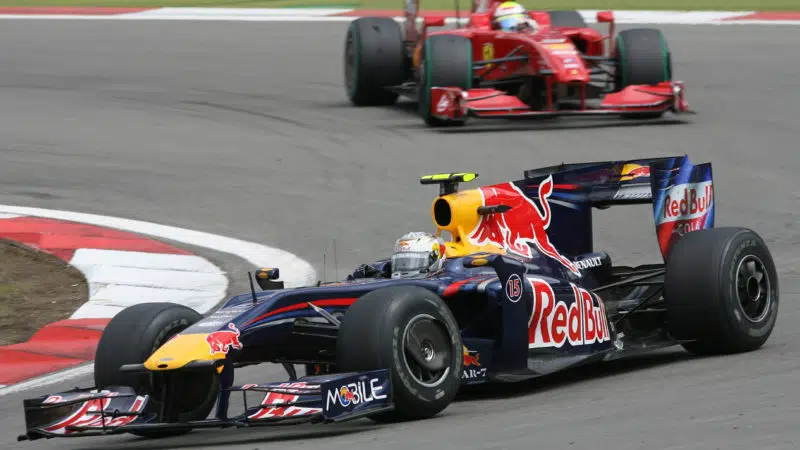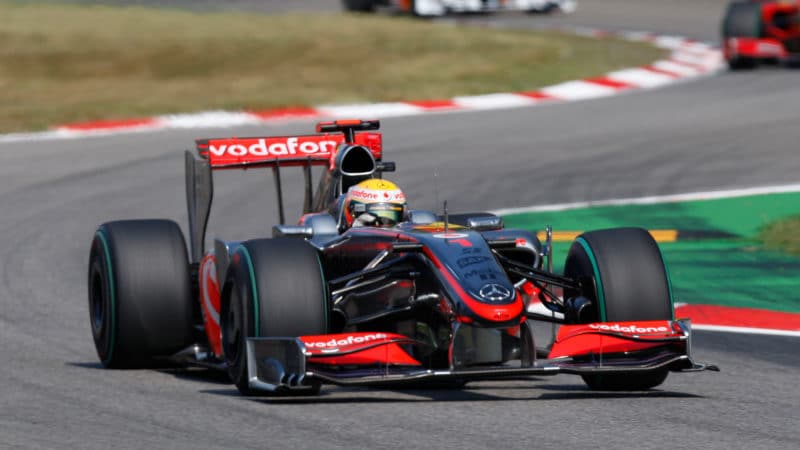That’s pretty much the situation they are in right now. Except the regulation change is even more extreme, with big changes to the front wing/nose, the abolition of barge boards, a venturi channelled floor in place of the flat floor/rear diffuser combination – and a radically different rear wing, plus all sort of mechanical changes to the suspension and a new size of wheel/tyre.
All the accumulated knowledge of how to control the vortices created in the gap between the nose and the wing elements – the absolute key to how good your car was – has been rendered irrelevant. With no way of knowing what solutions the other teams have come up with, no-one has any idea of what constitutes a good or bad aero number. Broadly, the top cars in 2021 were achieving a lift:drag coefficient in excess of 5, with a back of the grid car somewhere in the mid to high 4s. The ’22 concept car which FOM presented at Silverstone last year had a coefficient of around 4, but it’s expected that will be comfortably bettered by the teams’ own cars. But by how much and who will find the most?

The 2022 concept offered by F1 had a lift:drag coefficient of 4 – but it’s expected teams will comfortably better this
Formula 1
Although these regulations are very prescriptive, with even fewer freedoms than before they do not preclude someone finding a different more responsive area of sensitivity in the car’s aero surfaces or a loophole no-one had thought of. Or one which most had spotted but one or two did not. Back in ’09 the double diffuser was the loophole and the feature which generated the headlines, but that alone was not defining. That much was obvious by the double diffuser Toyota and Williams being nowhere near Brawn’s pace – and the (initially single diffuser) Red Bull being Brawn’s main competition.




